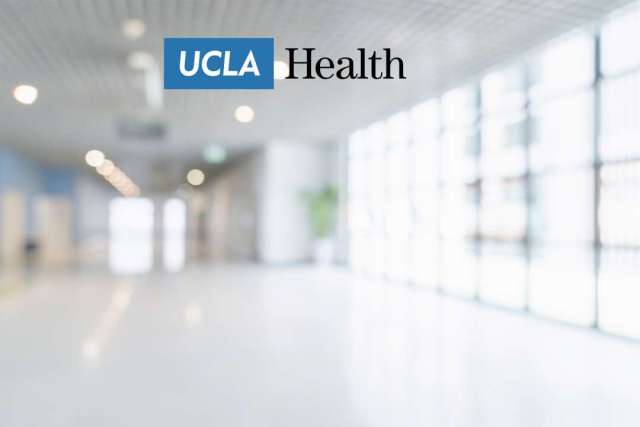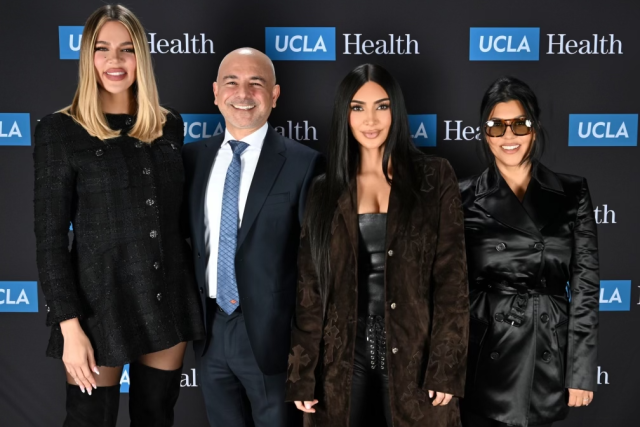Current estimates show that as many as 105 million people in the U.S. may be infected during the next influenza pandemic and nearly 2 million may die from flu-associated illness. At the same time, current vaccine and antiviral resources will be available to less than half the population when an outbreak occurs. A critical question: What happens to the infirm elderly, the most vulnerable among us?
The answer may be found in nonpharmaceutical interventions, or NPIs.
In a study published in the current online edition of Proceedings of the National Academy of Sciences, Miriam Nuño, a postdoctoral researcher at the UCLA School of Public Health, and colleagues found that preventing the introduction of pandemic influenza at nursing homes is possible by using only nonpharmaceutical interventions wearing masks, isolating the sickest people, modifying staff work schedules and limiting group activities and outside visitors.
The researchers used a mathematical model to look at how to best protect the estimated 2.5 million residents of U.S. nursing homes. Their findings are the first to show that containment of influenza is achievable with the use of NPIs, which are likely to be the only resources readily available during a pandemic outbreak.
"In a pandemic, making enough vaccine to protect everyone will take months," Nuño said. "So we focused our research on protecting this vulnerable group, because vaccination levels in these facilities among both residents and staff will be low. And unlike acute-care hospitals, where people constantly come and go, nursing homes have a real chance at controlling access and can thereby potentially prevent a virus introduction."
Specifically, the researchers had three goals in the study:
- To determine whether an intrinsic ability to control access to these facilities provided a basis for protection.
- To identify specific NPIs and combinations of NPIs that could achieve community access control.
- To develop practical combinations of these NPIs that could be sufficiently implemented for protection over the full range of projected pandemic categories.
"On the face of it, it seems implausible that nonpharmaceutical measures alone would help contain a pandemic influenza," Nuño said. "And in acute-care hospitals, it probably isn't."
But in the more controllable environment of a nursing home, Nuño said, NPIs may really work.
The researchers evaluated five levels of nonpharmaceutical interventions, which varied according to the severity of the pandemic. They included screening visitors and staff who come and go, and placing restrictions on visits by family and friends; isolating those residents who show symptoms; modifying staff work schedules such as working four days on and four off, with a period of isolation from the community for a portion of the time off; and evaluating precautions taken by staff and visitors to reduce their risk of infection, such as wearing protective masks and frequently washing hands.
"Overall, we found that conventional NPIs are sufficient to curtail mild outbreaks, and that higher levels of NPIs requiring greater social restrictions and higher levels of cooperation were needed to manage more severe outbreaks," said Gerardo Chowell-Puente, a co-author of the study from Arizona State University.
But the biggest surprise, Nuño said, was "identifying the critical role that staff plays in controlling the spread and preventing the introduction of disease in these facilities."
"Staff members are highly overworked and underpaid and very frequently work multiple jobs to make ends meet," Nuño said. "They are continuously challenged with the decision of going to work even when sick or losing wages by staying at home."
They are also the ones who most frequently come and go. That leads to a critical NPI need: paid sick days for staff.
"Our work shows that isolation periods are essential to control the introduction of the virus and thereby prevent a pandemic," Nuño said. "In our view, the only feasible way to implement isolation periods is if staff receive paid sick days."
The research, Nuño said, provides a road map for flu prevention and protection of residents in these facilities. Currently, the majority of nursing care facilities do not have a ready-to-execute plan in the event of a pandemic.
"Our work details a set of simple interventions that seem workable and that may be easily implemented by current staff members," Nuño said.
Other authors of the study included T.A. Reichert and A.B. Gumel. The work was supported by postdoctoral fellowships from UCLA and Harvard University; grants from the National Institutes of Health; a director's postdoctoral fellowship from the Los Alamos National Laboratory; and, in part, by the Natural Science and Engineering Research Council of Canada and the Mathematics of Information Technology and Complex Systems network of Canada.
The UCLA School of Public Health is dedicated to enhancing the public's health by conducting innovative research; training future leaders and health professionals; translating research into policy and practice; and serving local, national and international communities. For more information, visit http://www.ph.ucla.edu/.



